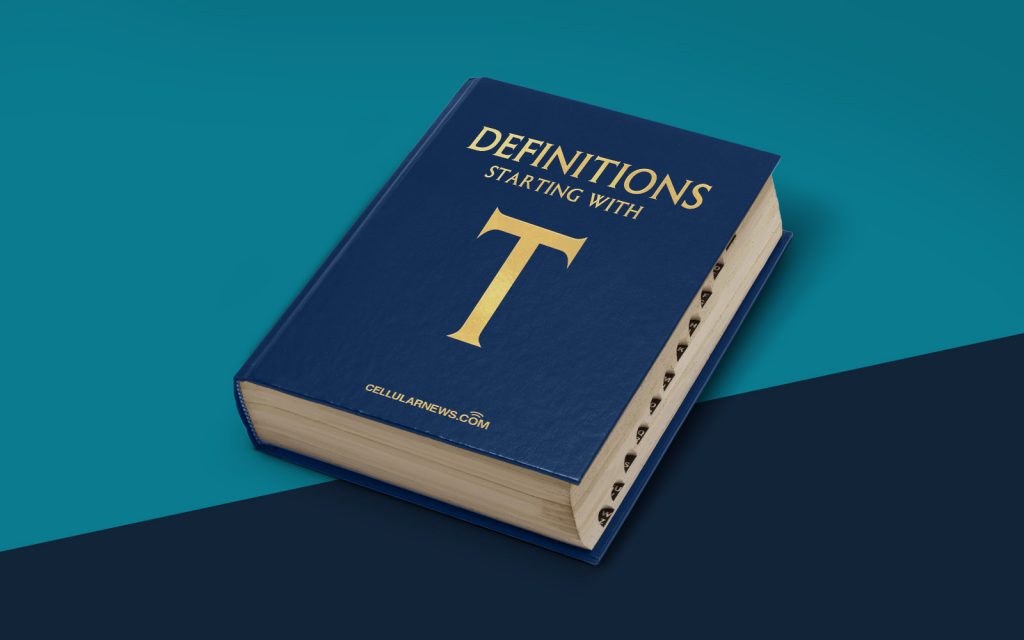
What is Tool Command Language (Tcl)?
Welcome to our “DEFINITIONS” blog series, where we explore various programming languages, tools, and concepts that are essential for any coding enthusiast to know. In this post, we dive into the intriguing world of Tool Command Language, more commonly known as Tcl.
Tcl is a high-level scripting language that was originally developed in the late 1980s by John Ousterhout. It was designed with the goal of providing a simple yet powerful scripting language for controlling and automating software systems. Tcl is often used as an embedded scripting language within various applications, and it also serves as the main scripting language for the Tk toolkit.
Key Takeaways:
- Tcl is a high-level scripting language primarily used for controlling and automating software systems.
- It serves as an embedded scripting language within various applications and is the main scripting language for the Tk toolkit.
Now that we have a basic understanding of Tcl, let’s explore some of its key features and functionalities:
1. Simplicity and Ease of Use:
One of Tcl’s defining characteristics is its simplicity. It has a clean and straightforward syntax that is easy to understand and learn. This makes it an ideal choice for beginners and developers who prefer a language that is quick to pick up. Tcl’s simplicity also enhances code readability and maintainability, making it an efficient option for scripting complex systems.
2. Extensibility and Embeddability:
Tcl was designed to be highly extensible and embeddable. It provides a powerful API that allows developers to extend Tcl’s functionality by adding new commands and features. Additionally, Tcl can be seamlessly embedded within other applications, enabling developers to use it as a scripting language to control and automate different software systems.
3. Cross-Platform Compatibility:
Tcl is known for its cross-platform compatibility. It can run on various operating systems such as Windows, macOS, Linux, and more. This feature makes it a versatile choice as it allows developers to write scripts that can be executed on different platforms without significant modifications.
4. Tcl/Tk Integration:
The combination of Tcl and the Tk toolkit is widely used for building user interfaces. Tk provides a set of graphical user interface (GUI) components that can be easily accessed and manipulated using Tcl scripts. This integration allows developers to create visually appealing and interactive applications with ease.
5. Active Community and Support:
Tcl has a dedicated community of developers who actively contribute to its growth and development. This community provides extensive documentation, libraries, and tools to support Tcl programmers. If you ever encounter any challenges while working with Tcl, you can seek help from the community, which is always ready to assist.
In conclusion, Tcl is a versatile scripting language that offers simplicity, extensibility, cross-platform compatibility, and seamless integration with the Tk toolkit. Whether you are a beginner or an experienced programmer, Tcl can be a valuable addition to your coding repertoire.
We hope this blog post has shed some light on the fascinating world of Tcl. Stay tuned for the next installment in our “DEFINITIONS” series as we continue to explore more essential programming concepts. Happy coding!
